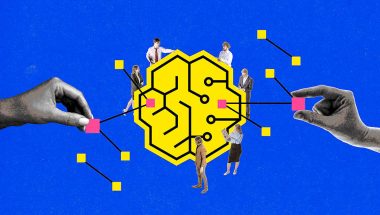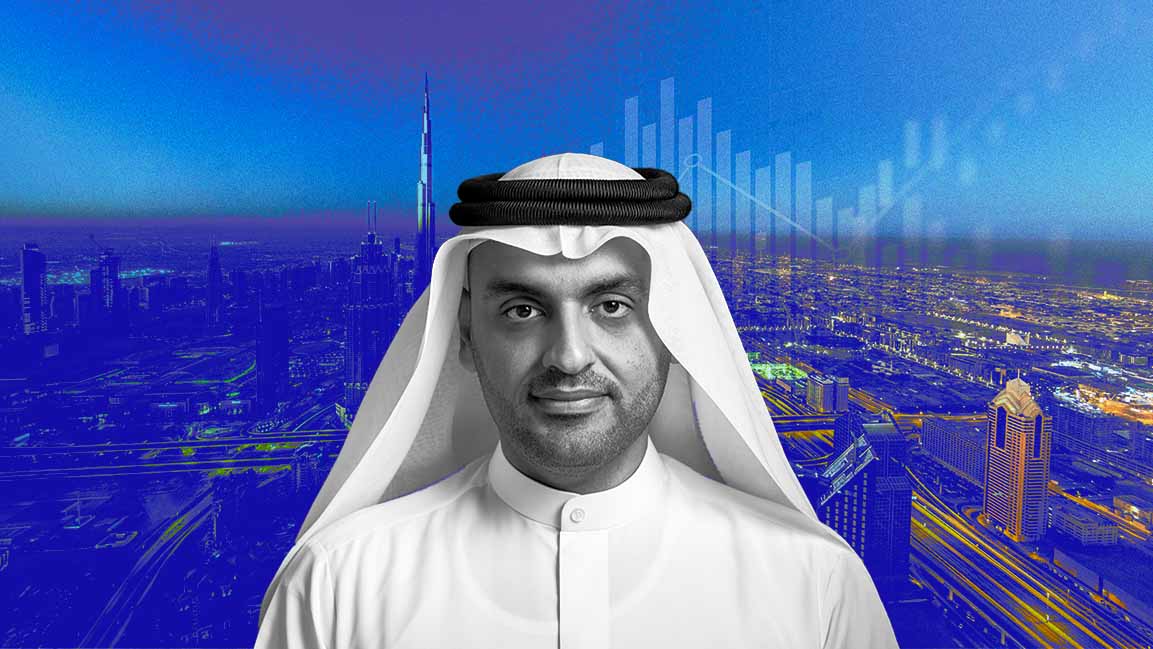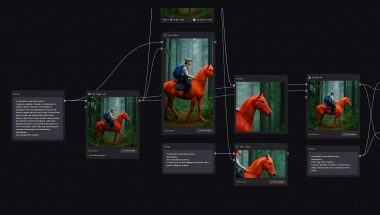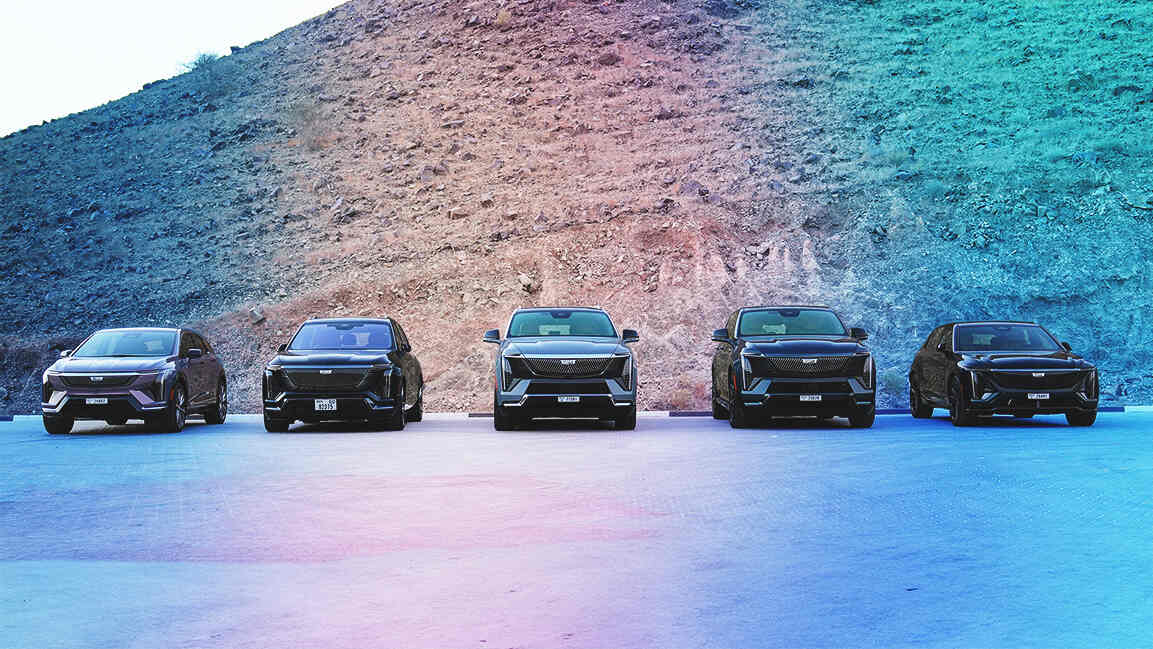- | 12:00 pm
AI-powered but under-activated? GCC marketers look to bridge intent with impact
AI is reshaping marketing in the region, but poor orchestration and a lack of emotional intelligence limit meaningful engagement.
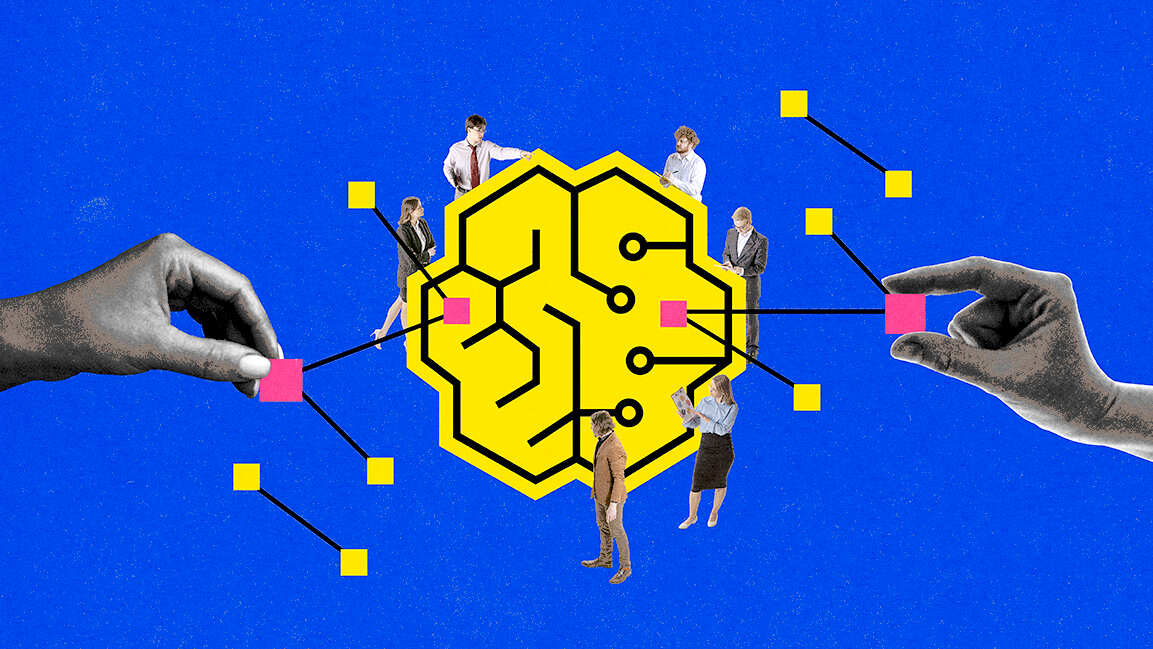
AI has become a central force in marketing transformation worldwide, and the GCC is no exception. Despite steady investments in data-driven technologies, many brands in the region continue to face challenges in translating AI’s potential into consistent, real-time customer engagement.
The 2025 Global Customer Engagement Report by Braze shows that GCC marketers are ahead of their global counterparts in adopting AI analytics, with 45% of brands in the region using AI to understand customer behavior, compared to 39% globally. This indicates a clear commitment to innovation and a more considered approach to personalization, prediction, and automation.
However, broader adoption does not always translate into effective application. Many organizations are still in the early stages of learning how to utilize AI to achieve a measurable impact.
HIGH INTENT, LOW INTEGRATION
As Astha Malik, Chief Business Officer at Braze, explains, “What’s fascinating about the GCC is the combination of creativity and ambition. The intent to deliver world-class customer engagement is there. Brands here want to lead. However, it’s somewhat paradoxical: while AI adoption is high, experiences remain fragmented. That shows there’s an incredible opportunity to up-level how AI is applied.”
The Braze data supports this view. It shows that 92% of GCC brands are still at the ‘entry level’ of customer engagement maturity, compared to 82% globally. Many are experimenting with AI tools and newer communication channels, such as WhatsApp, but orchestration remains uneven. While 83% of brands use multiple engagement channels, 39% acknowledge that their systems are fragmented, resulting in inconsistent customer experiences.
Malik identifies this fragmentation as the biggest barrier between experimentation and enterprise-level impact. “In many cases, brands are working with siloed point solutions, one tool for WhatsApp, another for SMS, another for email,” she says. “Then you’ve got legacy systems that can’t keep up with real-time expectations. Customers today want instant, contextual responses, and legacy models built on batch-and-blast simply can’t deliver that.”
The result is an ecosystem rich in potential yet still struggling to connect its many moving parts. GCC brands are laying the groundwork by investing in data, analytics, and intent, but are still learning how to integrate these elements into cohesive, real-time engagement.
FROM PRODUCTIVITY TO PERFORMANCE
Only 39% of GCC brands currently leverage real-time engagement, despite its proven ability to foster meaningful, in-the-moment connections. For Malik, closing this gap requires a mindset shift, from using AI primarily for efficiency to using it to drive measurable business performance.
“The first phase of AI in marketing was about productivity, such as automating simple tasks,” she says. “But we’re now moving to the next stage, performance. With reinforcement learning, marketers can optimize for outcomes like retention, upsell, or reduced churn, not just time saved.”
That shift is already visible in Braze’s own evolution. “The true power of AI is in decisioning: testing thousands of variables and attributes dynamically,” Malik says, referring to Braze’s Decision Studio, powered by its acquisition of OfferFit. “One of our enterprise customers, for instance, personalizes messages across more than 150 attributes. That’s impossible for humans to do manually, but AI can scale it seamlessly and deliver measurable business results.”
WHEN EMOTIONAL INTELLIGENCE MEETS MACHINE INTELLIGENCE
Beyond data and performance, marketers in the region are increasingly focused on emotional intelligence. The Braze report shows that 74% of GCC brands are “extremely or very concerned” about missing the emotional mark, compared to just 54% globally.
Malik believes this reflects a growing maturity in how the region views AI. “You’re still selling to people,” she says. “AI can automate scale and personalization, but it should empower human creativity, not replace it. The marketer’s role evolves from campaign executor to strategic orchestrator, leading a team of both humans and AI agents.”
That interaction between human and machine is crucial. “For marketers, especially, their teams have expanded. Now they have a team of agents and people,” Malik explains. “The people become the strategic orchestrators, moving from simply running campaigns to actually driving business outcomes.”
EDUCATION AS THE CATALYST
Even with the right intent, technology, and data, Malik cautions that education remains the missing link. “Every wave of disruption, from TV to mobile to cloud, brought uncertainty,” she says. “The best thing leaders can do now is invest in their teams. At Braze, we run AI academies that don’t just train people on tools but help marketers rethink their entire approach. Once teams see how AI enhances their creativity, the fear disappears.”
Malik believes this hands-on learning separates experimentation from sustained impact. “You can’t just introduce new tools and expect results,” she says. “We often see skepticism where there’s a lack of understanding. But when teams see what AI can actually do, which is to automate the repetitive and amplify the creative, they embrace it fully.”
FROM DASHBOARDS TO DECISIONING
One of Malik’s preferred frameworks for the future of marketing is the shift “from dashboards to decisioning.” As she explains, “Reporting will always be important, but marketers shouldn’t spend their time only creating dashboards. AI can do that. The real value lies in decision-making, setting a goal such as reducing churn or increasing loyalty, and allowing AI to test hundreds of contextual variables to determine what works. That’s where strategy and technology truly meet.”
The GCC’s marketing ecosystem has never been more energized. With a young, connected population, a culture of innovation, and strong regional ambition, the foundation is firmly in place.
As Malik concludes, “There’s never been a better time to be a better marketer. The tools are here. The opportunity is here. Now it’s about activation, turning data and AI into real, emotionally intelligent engagement.”
For GCC brands, 2025 could be the year they move from being AI-powered to being AI-activated.










